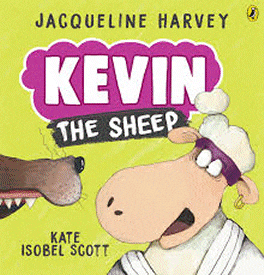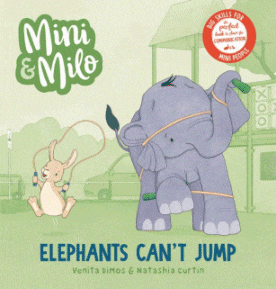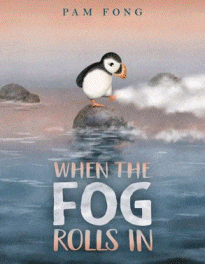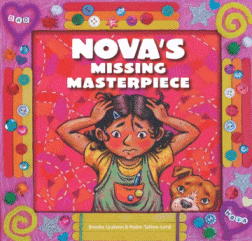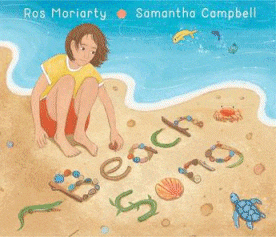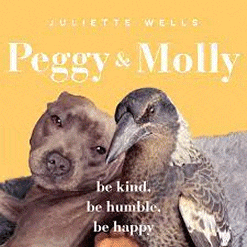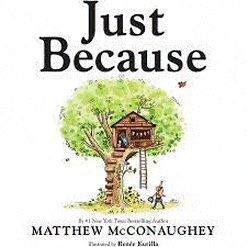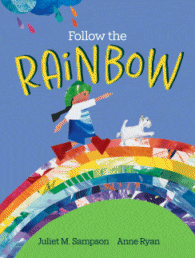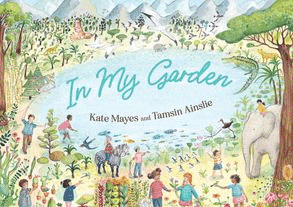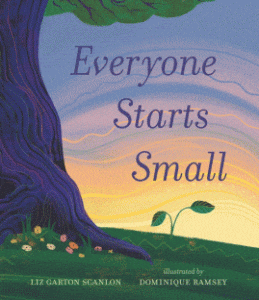
Everyone Starts Small
Everyone Starts Small
Liz Garton Scanlon
Dominique Ramsey
Candlewick Press, 2024
40pp., hbk., RRP $A34.99
9781536226157
Sun grows beams
and Grass grows blades
and Cloud cannot contain herself.
Spring rains change Water from a tumbling creek to a roaring river and bring Tree nutrients it needs to stretch toward the sky. As Sun’s rays intensify, the sprouts and fruits and insects of the forest grow and bloom and develop, all working together in harmony. Even Fire, whose work causes Tree to ache from the inside, brings opportunity for the next generation of flora and fauna. This poetic tribute to our planet’s resilience, accompanied by its striking illustrations is a resonant story of life, death, and regeneration and demonstrates to young readers the interdependence of the elements of Nature and how without one, or too much of one, our planet cannot survive, let alone thrive.
It echoes the old Aesop fable of The North Wind and the Sun although the theme of this is not competition but the symbiosis of the elements, despite Tree warning that “it is not a race”. As well as building a greater awareness of the world around them, it introduces young readers to the concept of life cycles and possibly sparking investigations of the connections between creatures and their habitats and what they can do to help such as making a bee motel.
For those more mature readers, the personification could be a metaphor for their own lives, a reassurance that despite all they might experience as they grow and mature into independence, like Tree, they have the resilience and wherewithal to cope with whatever they encounter no matter how bleak the immediate future might seem. Despite the devastation of Fire and the harshness of Winter, following the devastation, the Earth renews itself, and new lives arise again, rife with fabulous potential – just as they can.
